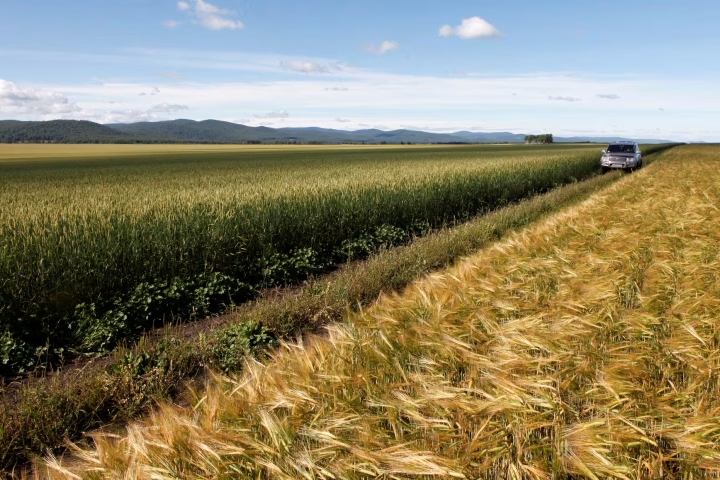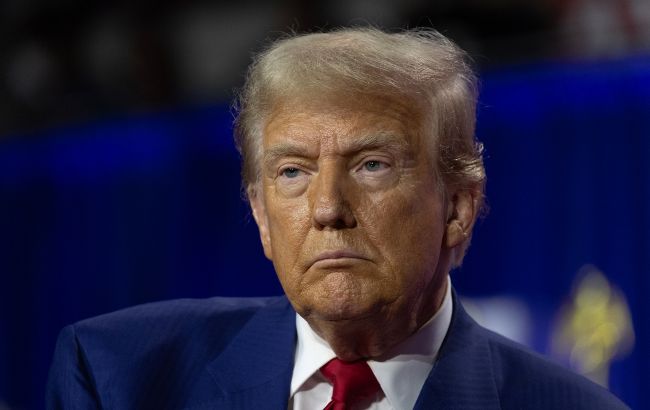China’s manufacturing and retail sales grew at their weakest pace since 2024, increasing pressure on Beijing to use new stimulus to maintain growth target.
China reports weakest annual output, sales growth
China’s economy sent a warning signal as industrial output and retail sales grew at their slowest pace since last year in August, raising fresh questions about whether more stimulus is needed to meet the annual growth target of “around 5 percent.”
Industrial output rose just 5.2 percent year-on-year, the National Bureau of Statistics said, compared with 5.7 percent in July and analysts’ expectations. Retail sales rose 3.4 percent, their worst performance since November 2024.
Worsening sentiment and risk of slowdown
Despite a strong start to the year, weak consumption and real estate woes could force Beijing to resort to monetary and fiscal stimulus again, ING analysts say. ING forecasts another 10bp rate cut and a possible reduction in reserve requirements for banks.
Fixed investment has also lost momentum: in January-August it grew by just 0.5% against 1.6% earlier, which was the worst indicator outside the pandemic period.
Consumers save, real estate is under pressure
Problems in the housing sector are hitting households hard: prices for new homes fell by 0.3% in August over the month and by 2.5% in annual terms. The unemployment rate rose to 5.3% – the highest in the last six months.
EIU economists warn that key indicators could deteriorate further in the fourth quarter due to a low base of comparison, which actually increases the likelihood of new stimulus.
Politics and climate factors
Additional burdens have been the worst heat wave since 1961 and record rains that have slowed industrial production. At the same time, the authorities face fundamental challenges: a decline in fiscal support and measures to combat overproduction.
According to Capital Economics, even if China launches additional stimulus, this may not be enough to reverse the trend and return to strong growth.
















